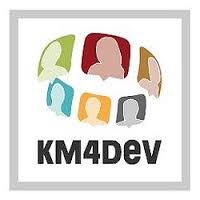
My new article on “Implementing structured public access to the legal reports on bills and law proposals of the Scientific Service of the Hellenic Parliament” just went online (13 July 2017).
Abstract
In an era of end-to-end digitalization in parliamentary institutions, open data and established printed and electronic publication formats for contemporary and future content, the old, non-digitized and potentially corroded content still poses a great challenge in terms of preservation and promoting efficient usage.
Among its other duties, the Scientific Service of the Hellenic Parliament is responsible for the relevant legal reporting on bills and law proposals for the Plenum, the Standing Committees and the recess sections of the Parliament. These reports are publicly available legal documents that are intensively used in several communities within the Parliament and the Judiciary, such as among MPs and associates, legal drafting committees, judges and lawyers. While these reports are placed online in the parliamentary portal accompanying related bills and law proposals, the vast majority of previous reports from the 30-year history of the Scientific Service (1987-2016) remains out of scientific and political reach. The present case study highlights the methodology behind the knowledge-capturing and management project to digitalize and scientifically organize this content, which is written in Modern Greek. Secondly, it explains collaborations with other related public bodies as an issue of significance for cost-sharing reasons, and the promotion of usability and interoperability. Finally, it presents the specifications of the final online and printed work as well as the distinct steps for the achievement of the project outputs. The paper concludes with an outlook on future work to be conducted.
Please cite as follows:
Fitsilis, F. and V. Bayiokos. 2017. Implementing structured public access to the legal reports on bills and law proposals of the Scientific Service of the Hellenic Parliament, Greece. Knowledge Management for Development Journal 13(2): 63-80
Link:
